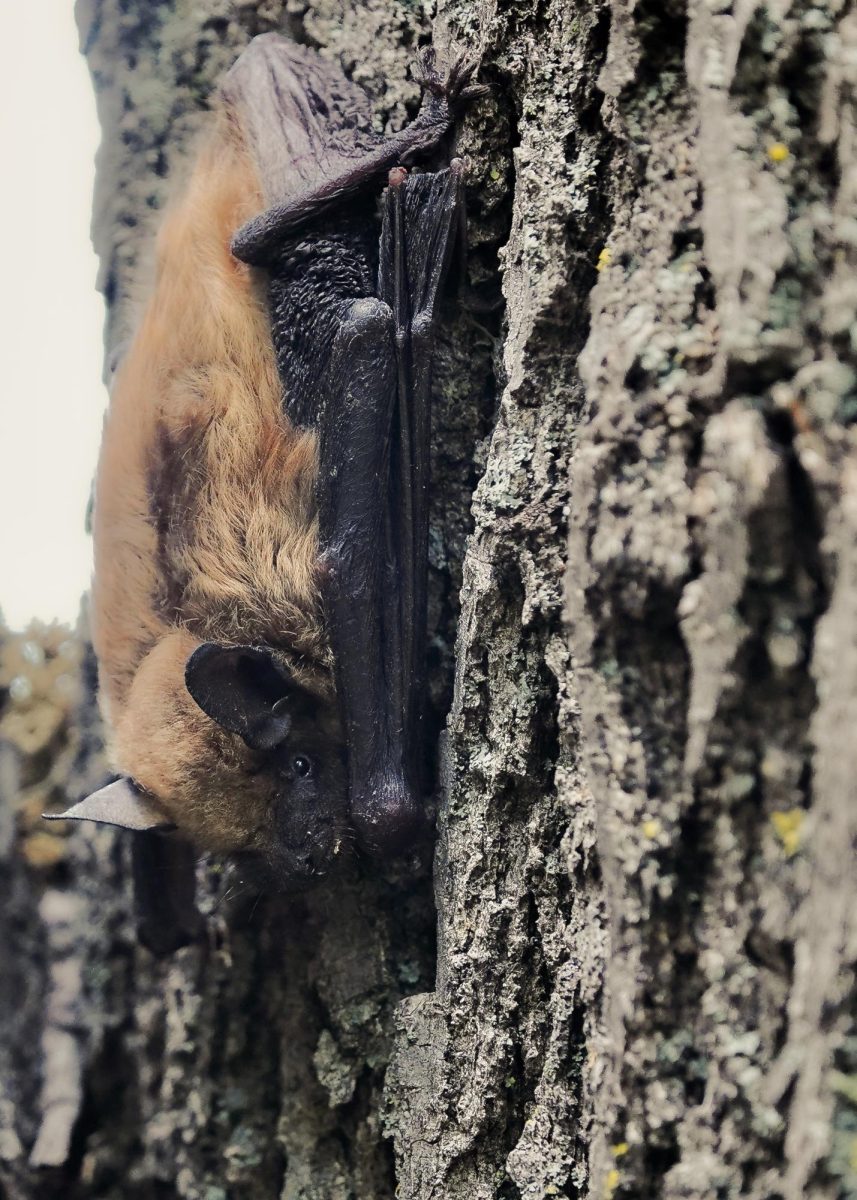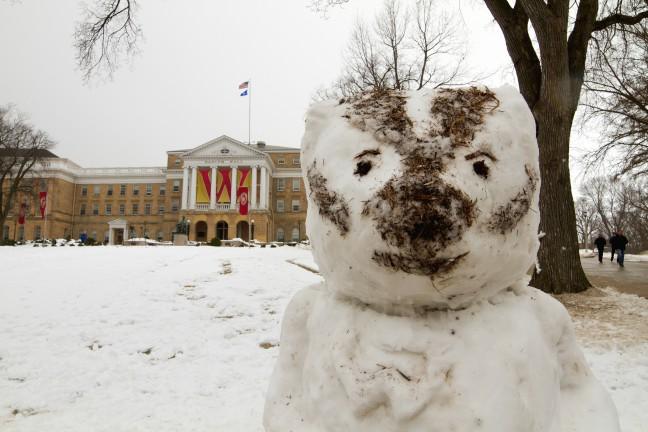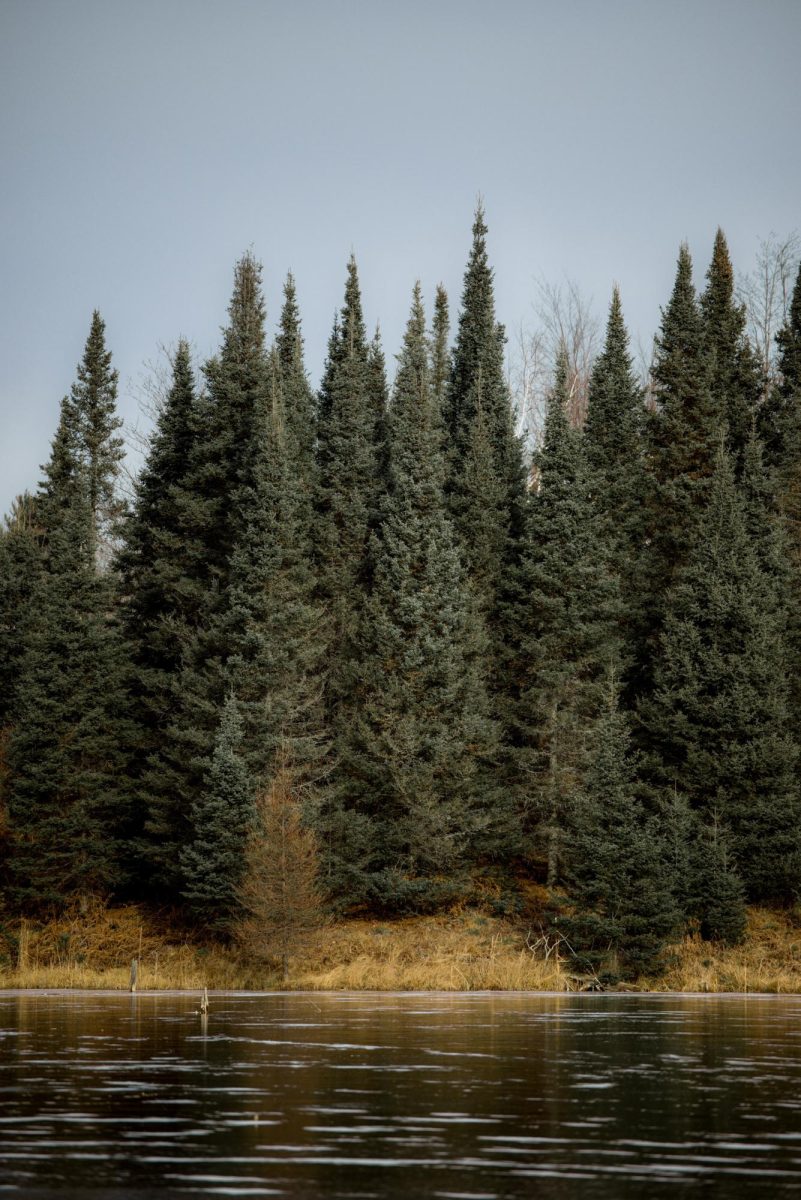The University of Wisconsin Arboretum will once again be part of the Wisconsin Department of Natural Resource’s annual Wisconsin Frog and Toad Survey to estimate the populations of frog and toad species. The survey aims to study long-term population trends, and the first round of surveying was conducted by community volunteers April 15.
This year marks the 35th annual survey. The WFTS website said before the survey began in 1981, scientists saw a significant decrease in some frog and toad species’ populations but had no baseline data evidence. The data that has been collected since then has allowed the Wisconsin DNR to have a baseline to compare current population data to the past.
According to the website, the species that were under threat at the beginning of the survey were the northern leopard frogs, Blanchard’s cricket frogs, pickerel frogs and bullfrogs. Though there is a special concern for these species, Arboretum ecologist Bradley Herrick said the survey aims to track all frogs and toads.
It is vital to track animal populations, particularly animals like frogs and toads, Herrick said. Amphibians are ecological indicators of water quality. If there are strong frog and toad populations in a particular ecosystem, it is a sign of aquatic and terrestrial health.
NASA astronomer speaks on James Webb Telescope, successes since launch
Herrick also said more diversity indicates a more complex and healthy ecosystem. In Wisconsin, there are eleven frog species and one toad species native to the state — the Arboretum provides habitat to nine of those species.
Conservation biologist for the WDNR Andrew Badje said a decline in frog populations is an important signal for biologists.
“When we [scientists] start noticing that frogs are disappearing from these kinds of habitats [wetlands], it could be a bigger signal of what is going on with our water quality and other things like the landscape and habitat quality,” Badje said.
Some species like the American bullfrogs are very uncommon throughout the state, Herrick said. They require shallow edges on lakes and rivers since they breed on land. Habitat loss or fragmentation of the land makes many places uninhabitable for frogs and toads. The survey results can indicate whether their habitats are threatened or thriving.
Badje has been the coordinator for the Wisconsin Frog and Toad Survey since 2010. He said frog and toad populations are also crucial because they serve as a baseline food source for many larger animals, like snakes, birds and small mammals.
Newest Field Day Lab computer game combines science, journalism
Climate change studies also use long data sets from population data collection. Population data allow climate scientists to analyze ecosystems by looking at frog and toad populations in Wisconsin over long periods.
There could be a correlation between climate change and species population and variety, Herrick said.
The survey has also always been based in citizen science, Herrick said. Community member volunteers from all over the state participate in surveys in their local area.
The survey is standardized across the state to ensure better results, so volunteers all over the state are following the same protocols. Badje said volunteers go to the same location on their route to listen for five minutes and record all species they can hear. They record the call locations to reference later. Then they move to the next spot on their round.
UW researchers awarded grant to study cure for devastating bat disease
When conducting the survey, Herrick said the volunteers are assigned a route to follow and collect data on. They will return to the same route four times, between April 15 and July 15. Volunteers are given routes in either wetlands or grasslands.
The first survey takes place in spring as frogs and toads come out of hibernation, Herrick said. The frogs and toads are waking, and they are vocal about it. This vocal data indicates the number of frogs present. The volunteers usually target male mating calls, which are most prolific during the spring mating season.
Badje said the volunteers are looking for a baseline abundance. If there are no calls, they consider the population zero. If it is a loud chorus, they consider it a three. The volunteers have to record air temperature and water temperature when possible too. They record at different times as different species call at different times.
To prepare for the study, Badje said the US geological survey has a frog quiz so volunteers can learn the calls. The DNR also has videos of the different species for people to study before heading out.
Badje and Herrick said research like this can be very helpful for scientists in several ways. Badje said that an important outcome of the data is to estimate populations and consider if the species is endangered. The data also allows students, like those at UW, to have the opportunity to study local ecosystem data.













